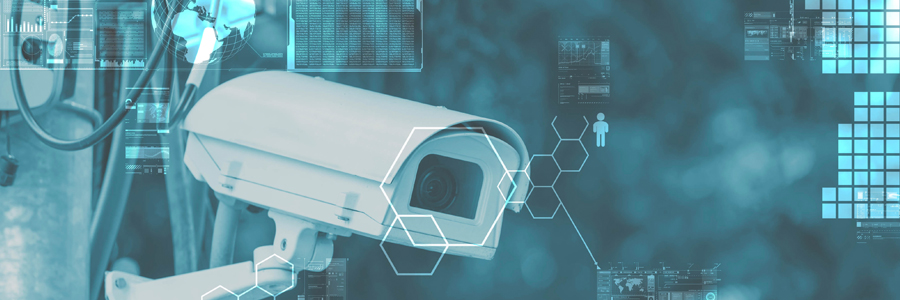
What can CCTV do for my business?
If you install a poor system then the answer is probably ‘very little’. You should have a clear idea of what you want your system to do and how you expect it to perform. This should be based on your premises, layout and any specific problem areas you want to address. The mere visible presence of a CCTV camera is unlikely to assist your fight against crime in your business. It is the action that can be taken as a result of your system that is all important, whether that be at the time of an incident or afterwards.
Benefits of a good CCTV System-
Crime detection- CCTV is an electronic witness that can assist in proving guilt, innocence and association. It plays a significant part in many investigations by the police. There are two critical elements within the investigation process- the identification of suspects and the capture the events.
Crime Reduction- The reduction of crime is inextricably linked to the ability to detect and prosecute offenders. The potential reduction strategy is therefore based on the threat of being caught. This preventative benefit relies on knowledge by the public of the presence of cameras and also their effectiveness. Clearly people cannot be deterred from committing crime if they don’t know they are being watched.
Staff and Public Safety- The use of CCTV for the safety of users of your business is important. Often this requires some form of live time monitoring of the cameras to enable an early intervention by an appropriate person in an incident such as an assault or a violent shoplifter.
What do I need in a CCTV System?
One of the most common failings in a CCTV system is having image sizes that are too small to enable identification and recognition.
A key element of most systems is the ability to identify persons entering and leaving the premises. By recording large images at these “pinch points”, smaller image sizes and therefore wider overview coverage is likely to be acceptable at other parts of the building to provide sufficient evidence of what took place. As a minimum, your system should therefore meet the following standard:
- At least one camera must provide identifiable quality images of everyone entering your premises, i.e. clear image of the face plus characteristics of clothing, items carried etc. The best place to capture these images is usually at the main doorway. It is strongly recommended that a second camera with similar capabilities is placed near the till.
- The video signal from these cameras should be recorded at a minimum of six frames per second. All other cameras should record at six frames per second for higher risk locations or a minimum of two frames per second at lower risk locations.
- Make sure the recorded image quality is similar to that of the live view. The video should be recorded at its original size with a minimal amount of compression.
In addition to these cameras you should then identify the most important areas of your premises from the table and generic site plan above and ensure that they are also covered with additional cameras to the required standard.
As well as choosing the best location for your cameras, it is also important to consider the angle of view and lighting conditions as the pictures below illustrate. Additional lighting may need to be installed to achieve good quality images.
See our range of CCTV Systems here!
